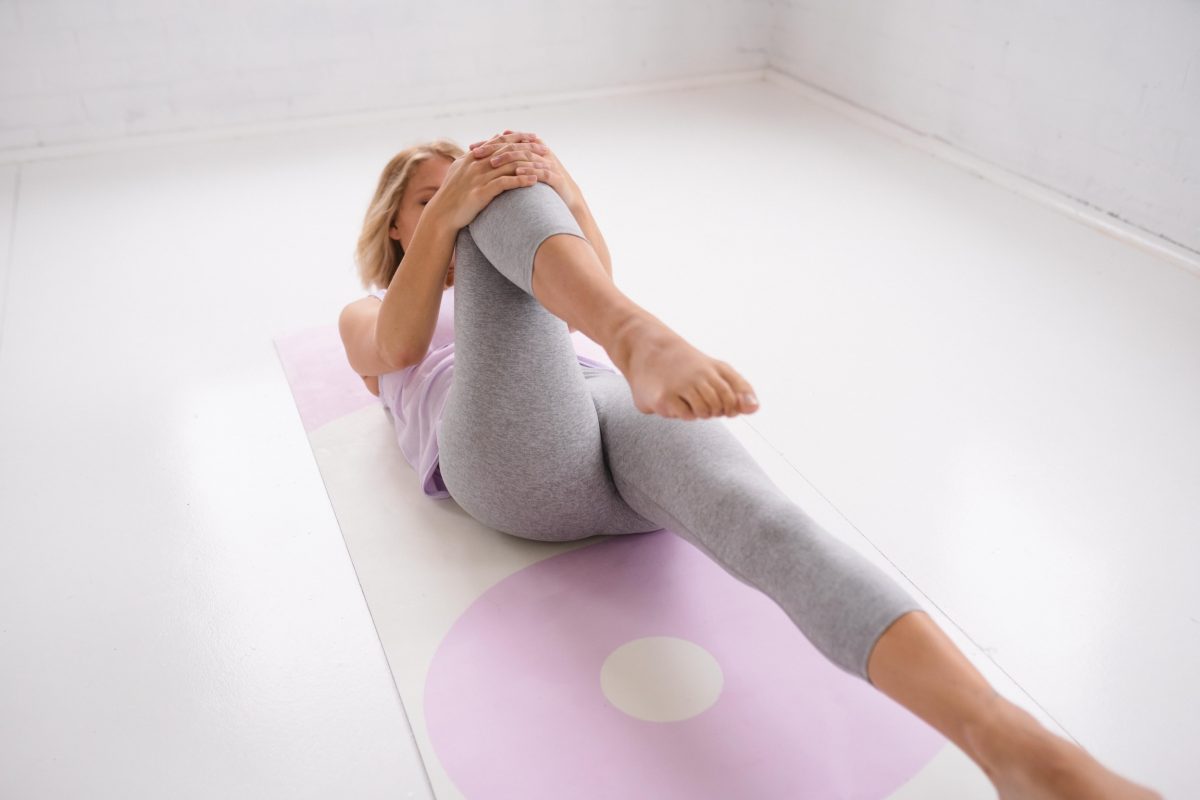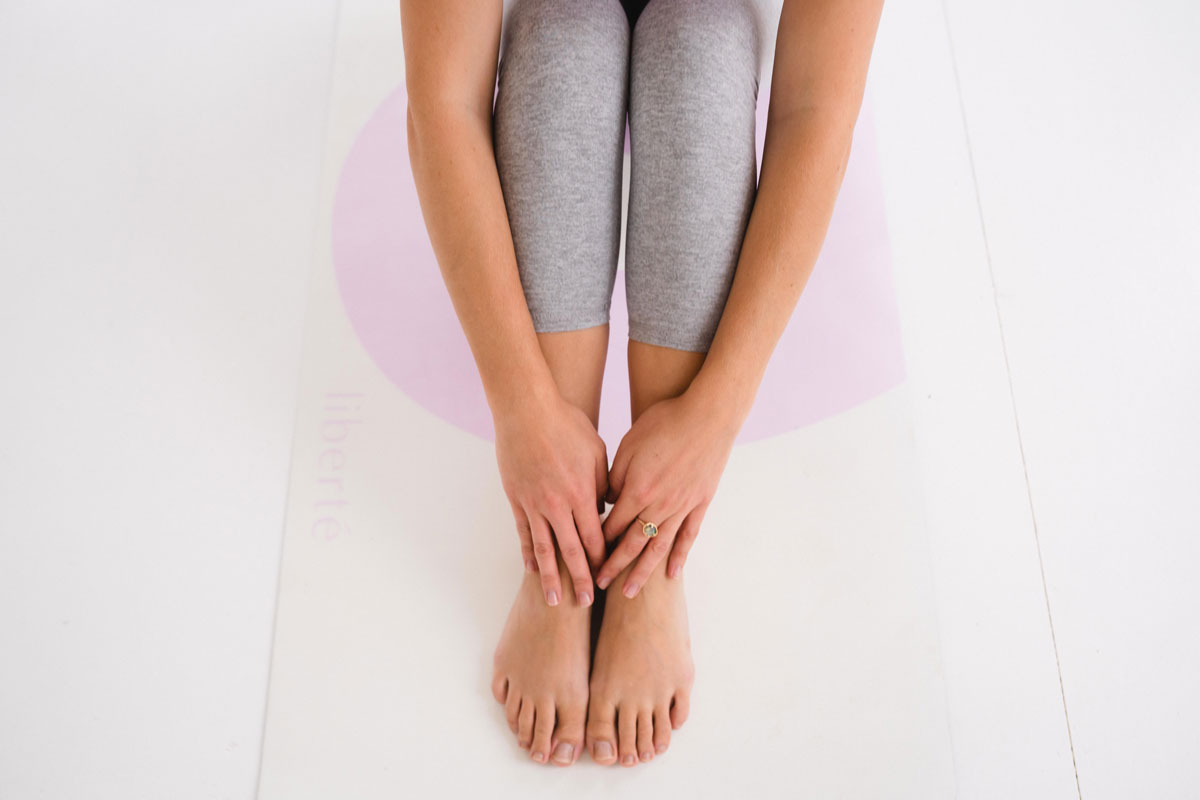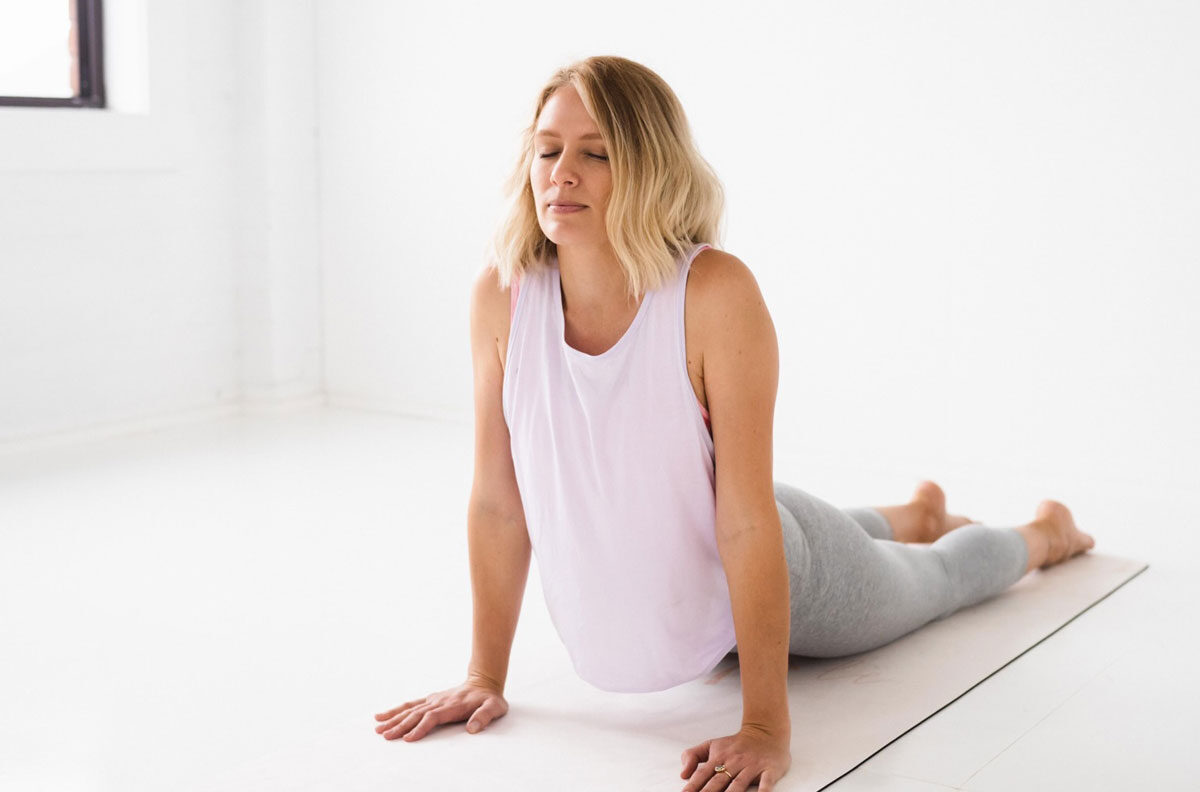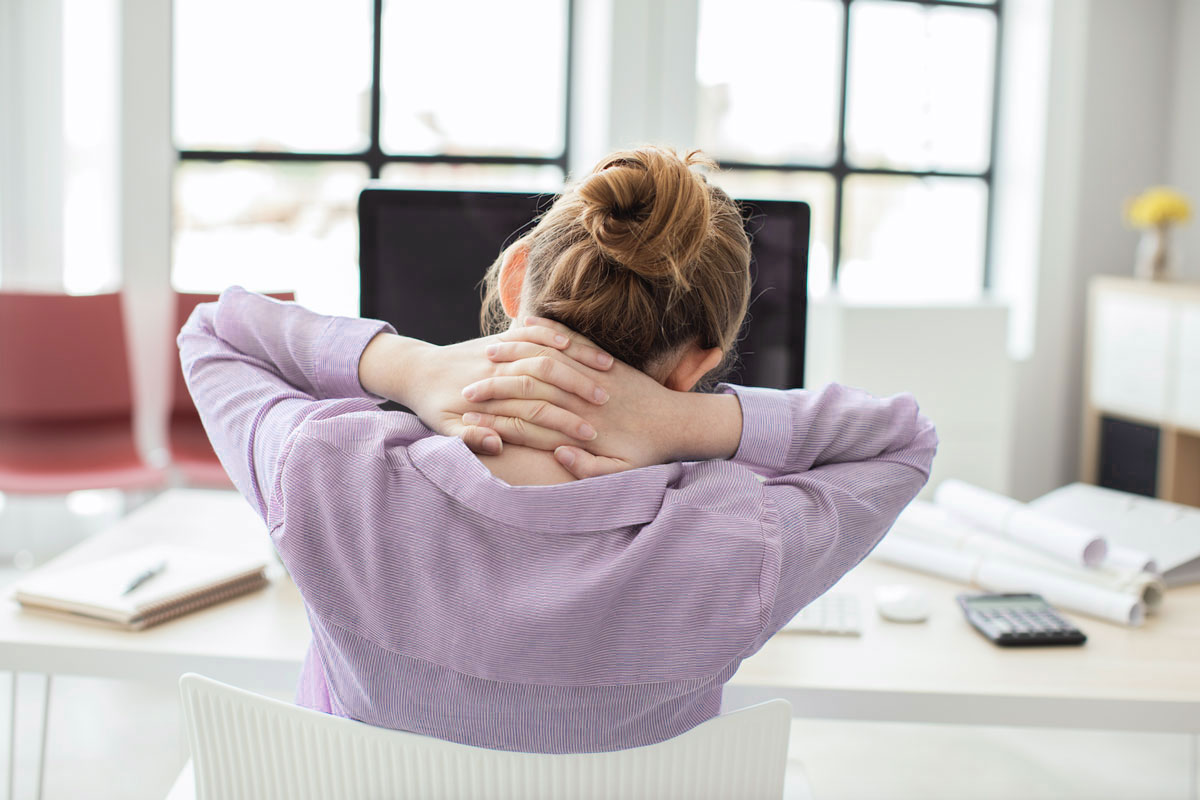
GLUTES
Strengthening the glutes. I often explain to clients during my classes that Glute (bottom muscles) strengthening exercises are one of THE most important things we can do for our bodies.
When people come along to a Pilates class, they always want to work their “abs”. Our abdominals are only part of our core, not the whole thing. Our core refers to the core stabilising muscles of the Pelvis, Spine and Scapula and we want to focus on all of these areas to create balance within our bodies. In fact, if you were only ever to work your abdominals with curling, you would actually promote a more rounded or “hunched” position of the body with all that forward flexion of the spine. We are in this position for so much of the day anyway, so in relation to our posture, abdominal curls are actually the last thing you should be focussing on. As Pilates centres around posture and alignment, we want to simply focus on the complete opposite positions and actions to what your body is used to.
Let’s look at one position that most of us are in at some stage or another throughout each and every day…our sitting position. Sitting on a chair is not a natural position for us. We are designed to sit in a Turkish Squat position (of which a number of cultures still do). You only have to look at the way children first learn to sit in their perfect squat positions and it’s so comfortable for them, they could sit like that for ages while playing and it does not bother them. I know a number of you are probably thinking right now, “but that IS so UNcomfortable! Squatting hurts my knees/back!” e.t.c. However, if we all did this from early on, it would not be uncomfortable for us to do so. The problem is we are forced to sit in chairs from such an early age, which ironically, is so uncomfortable at first. Remember being at school and squirming and fidgeting when you had to sit in your chair for what seemed like hours?
Your body’s natural inclination is to move. Joseph Pilates actually wrote all about this in his book Return to Contrology which was published in 1949…over 70 years ago! It’s amazing to think he actually realised this was a huge problem so long ago, when people would have still been a lot more active than most of us are today.
So what effect does this have on our bodies?
You can find so much information now about the effects of sitting, however, as we are referring this to Pilates and our Glutes, I will just speak here about the effects on our muscles and movement. In very simple terms, the current way we sit with our legs at 90 degrees, switches off our Glutes and tightens our hips. The majority of back, knee and hip issues stem from weak or inactive Glutes and tight hips, so we could almost certainly say that our sitting position is to blame. If you’ve had to visit a physio before for any of these issues, you were likely to have been given some glute activation and strengthening exercises (which I’m sure you completed every day, ten times each, three times per day, didn’t you?)
So, three things you can do to make changes within your body are:
Regular Pilates classes (ideally 3-5 times per week).
We offer free classes in our Online studio here: Our Flow Tribe – Liberté Pilates Australia
MOVE more & SIT less
Some basic Glute activation exercises EVERY day, we need to switch them back on and keep them active
here are six exercises to help wake them up:
Hitting them
Literally, just like that. Tapping, patting and lightly hitting your bottom muscles with your hands or fists will help tell your body that this is where you want to start moving. Do this for 10 seconds or so.
Single bottom cheek activation
This exercise can be done lying on your tummy or standing (a good option for those who are pregnant) and should be done by everyone, every day! Simply place your hands palm side down on your bottom cheeks (like you’re holding your bottom in your hands). This is a good way to feel what’s happening underneath as well as telling your brain again that these are the muscles you want to work. Start by activating or switching on just the right bottom cheek and keep the left one relaxed. Then relax the right and switch on the left side. Continue with this alternating activation, without trying to move the back of your legs. When you feel the glute is switching on, hold it for a second or two longer. Do this about 20 times.
Prone glute lift
This is an extension of the previous exercise. You switch the glute on and then use it to lift that leg up (while keeping hip bones pressed into the mat). Lower it down and then relax the bottom in between. It’s important to switch muscles off too! Continue to alternate, making sure you can still feel the bottom mainly doing the lift while trying to keep your shoulders and upper body relaxed. This could also be done standing as an alternative during pregnancy or if you prefer. Repeat ten times each side.
Heel Squeeze
Lying on your tummy (or on your side if pregnant), take your legs out to each edge of the mat so they are wide, then bend your knees to bring the heels to touch and turn the toes out. All you need to do is squeeze or press your heels together and then release the squeeze. When squeezing you will feel your bottom engaging (both sides) and then release. Repeat 10 times, ensuring you are squeezing equally with both heels, not just your stronger side.
Clam
Lying on your side with bottom arm folded up as a pillow, bend your knees to 45 degrees, bring your heels to touch and turn your toes out and place your top hand behind the top hip (see picture above). You could start by squeezing the heels as in previous exercise and then begin to open and close the top leg only. Make sure you are not rolling the hips back so actively press the hip forward when opening. Imagine you are pulling and pushing against resistance, so there is strength and control in your leg. Do 10 – 20 repetitions each leg.
Side lying leg raise
Remain on your side, or for more of a challenge you could prop yourself on your forearm ensuring you keep the ribs up and don’t let them collapse towards the ground. Otherwise lie flat with your bottom arm folded under your head as with the previous exercise. Keeping your hips level and stacked on top, point your toes and lift the top leg up as high as you can without moving the hips (so this actually might not be very high at all!), flex the foot to return and repeat 10-20 times each side.
Try and do these exercises every day and if you need any help with them, contact us at Liberté Pilates Australia.
Kristy Moore has been teaching Pilates for 16 years, after being advised to start Pilates from a physio after injuring herself stretching clients (yes, you read that right!). Pilates is her absolute passion, from encouraging people to start Pilates to continuously educating her clients as to WHY they need to do an exercise.




